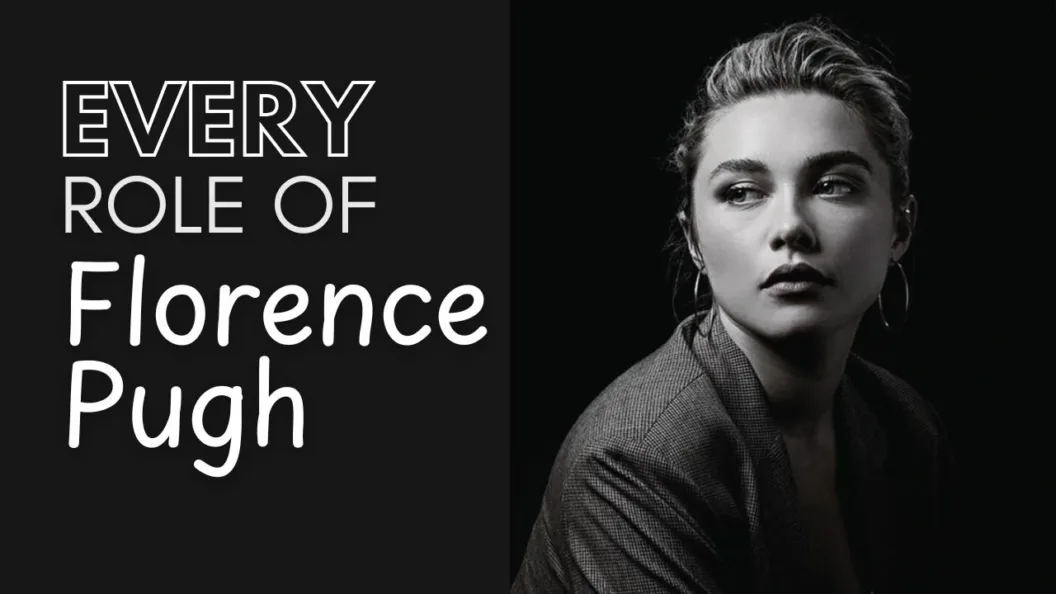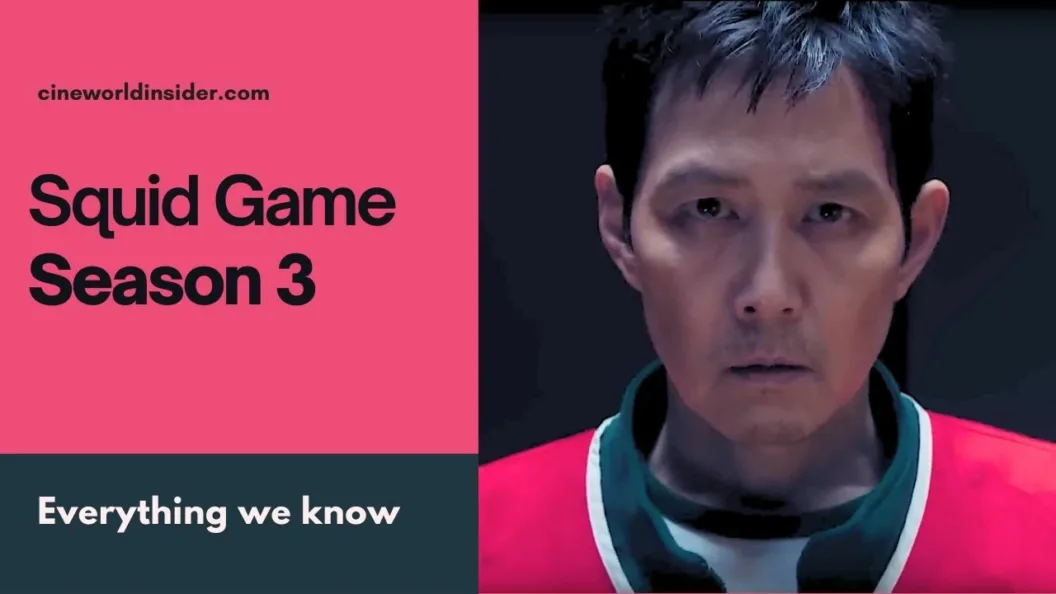In the world of cinema, a great ending can elevate a film from memorable to legendary. It’s the final impression a movie leaves, the lingering thought that stays with you as the credits roll. Whether it’s a twist that turns the entire narrative on its head, an ambiguous conclusion that leaves you questioning reality, or a moment of catharsis that brings the story full circle, these endings resonate long after you’ve left the theater. In this article, we explore some of the most unforgettable movie endings—those that continue to provoke thought, spark debate, and leave an indelible mark on our minds.
1. Shutter Island (2010)

Martin Scorsese’s Shutter Island keeps viewers on edge with its twisting narrative, but it’s the ending that packs the ultimate punch. The revelation that Teddy Daniels is actually Andrew Laeddis, a patient on the island, forces the audience to question everything they’ve seen. The final line, “Which would be worse: to live as a monster, or to die as a good man?” encapsulates the film’s exploration of guilt, reality, and self-delusion.
2. The Shawshank Redemption (1994)

Frank Darabont’s adaptation of Stephen King’s novella culminates in one of the most satisfying endings in cinematic history. After years of hardship, Andy Dufresne’s escape from Shawshank Prison is a triumph of hope and perseverance. The final reunion on the beach is more than just a happy ending; it’s a testament to the enduring power of the human spirit.
3. The Sixth Sense (1999)
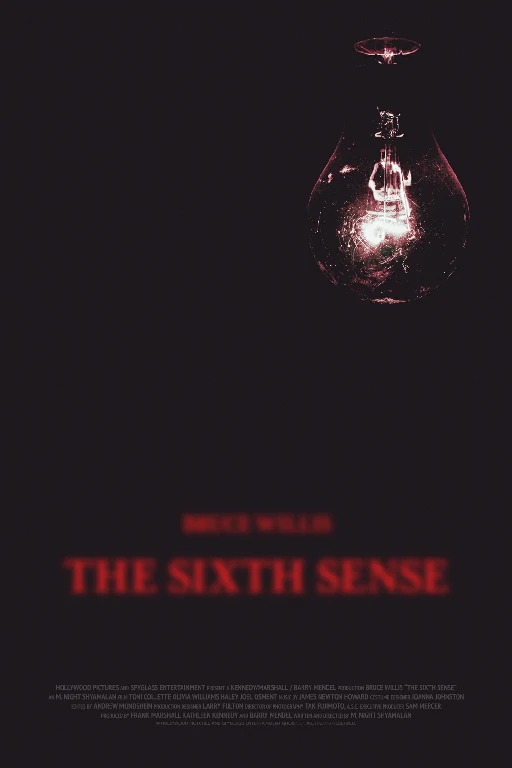
M. Night Shyamalan’s The Sixth Sense is famous for its twist ending, which redefines everything that came before it. The revelation that Dr. Malcolm Crowe has been dead the entire time is a masterstroke, transforming the movie from a ghost story into a deeply emotional tale of acceptance and unfinished business.
4. Fight Club (1999)

David Fincher’s Fight Club is a visceral journey through the mind of a man at odds with his own identity. The final scene, where buildings collapse as the narrator holds hands with Marla, is both chaotic and oddly serene. The ending challenges the audience to consider the destructive nature of consumerism and the search for meaning in a fractured world.
5. The Usual Suspects (1995)
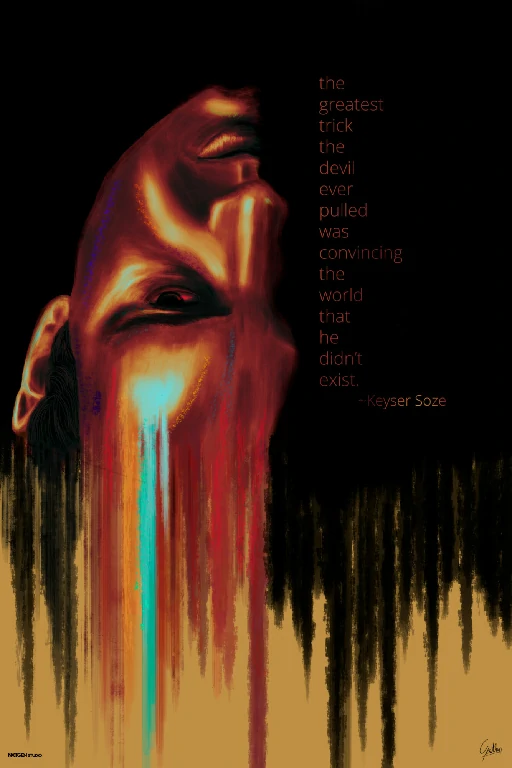
Bryan Singer’s The Usual Suspects is known for its mind-bending twist. The revelation that Verbal Kint is Keyser Söze rewrites the entire narrative. It’s an ending that leaves the audience questioning everything they’ve seen, blurring the line between truth and deception. The final shot of Kint walking away, no longer crippled, remains one of the most iconic in film history.
6. Inception (2010)

Christopher Nolan’s Inception is a masterclass in narrative complexity, but it’s the ending that truly solidifies its legacy. The ambiguous final shot of the spinning top has sparked endless debates. Is Cobb still dreaming, or has he returned to reality? The brilliance of this ending lies in its refusal to provide closure, instead leaving the audience to question the nature of reality itself.
7. No Country for Old Men (2007)

The Coen Brothers’ No Country for Old Men eschews a traditional showdown, opting instead for an unsettling and abrupt conclusion. Anton Chigurh’s fate remains ambiguous, and Sheriff Bell’s resignation to the changing world leaves the audience with a sense of unease. It’s a reminder that evil often remains unpunished, and that life doesn’t always provide neat resolutions.
8. 2001: A Space Odyssey (1968)

Stanley Kubrick’s 2001: A Space Odyssey is as enigmatic as it is groundbreaking. The film’s ending, featuring the transformation of astronaut Dave Bowman into the Starchild, is a visual and philosophical puzzle. It’s an ending that doesn’t just conclude the story but elevates it to a cosmic level, inviting endless interpretations about evolution, existence, and the unknown.
9. The Truman Show (1998)

Peter Weir’s The Truman Show presents a seemingly utopian world that unravels into a dystopian nightmare. Truman’s realization that his entire life has been a carefully constructed reality show culminates in a powerful ending. When he finally steps through the door into the unknown, it’s a triumph of human will and a profound commentary on the nature of freedom and self-discovery.
10. Seven (1995)

David Fincher’s Seven is as dark as it gets, with an ending that leaves viewers reeling. The discovery of what’s in the box is a moment of sheer horror that breaks Detective Mills, played by Brad Pitt. The film concludes with a devastating moral quandary, where justice, vengeance, and evil intertwine, leaving an indelible mark on the viewer’s psyche.
Bonus
Requiem for a Dream (2000)

Darren Aronofsky’s Requiem for a Dream delivers one of the most harrowing endings in film history. The final montage of the characters’ fates is a brutal reminder of the destructive power of addiction. There is no redemption, only the stark reality of lost dreams and shattered lives. This ending forces the audience to confront the darkest aspects of human nature.
Her (2013)
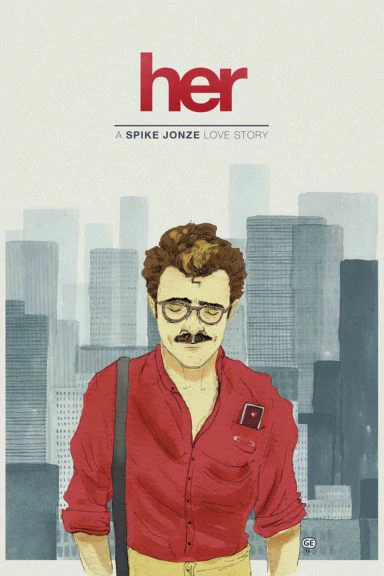
Spike Jonze’s Her explores the complexities of relationships in a technologically driven world. The ending, where Theodore watches the sunrise with his friend Amy, is a quiet yet powerful conclusion. It suggests that while technology can create connections, it’s the genuine human relationships that sustain us. The film leaves us contemplating the nature of love, loneliness, and the need for authentic connection.
La La Land (2016)
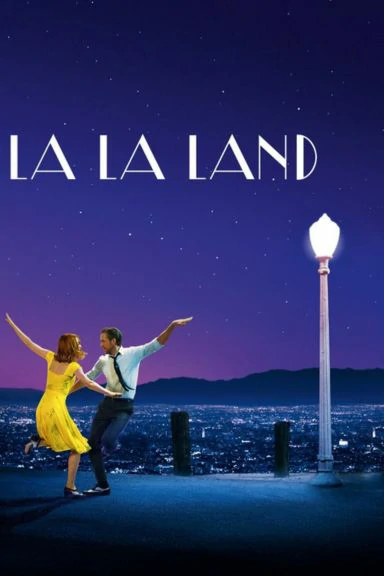
Damien Chazelle’s La La Land ends not with the fairytale conclusion many might expect, but with a bittersweet acknowledgment of life’s realities. The final montage shows what could have been, a dream sequence of the life that Mia and Sebastian might have shared. It’s a poignant reminder that dreams often come at a cost, and that every choice shapes our destiny in profound ways.



